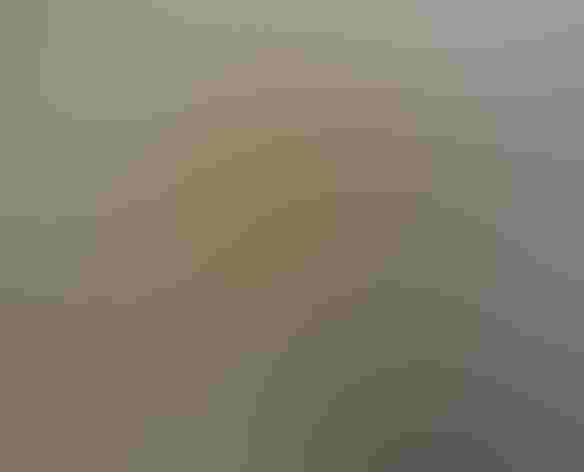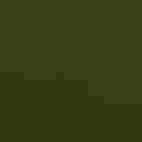Audubon’s Oriole
At a Glance
In native woodlands and brushy country of far southern Texas, this large oriole is an uncommon resident. Members of a pair may stay together all year, and often forage together in the woods, but they can be hard to see; slow-moving, quiet, and rather secretive, they often stay low in dense cover. Audubon's Orioles may be noticed first by their hesitant slow whistles from deep in the thickets.
All bird guide text and rangemaps adapted from Lives of North American Birds by Kenn Kaufman© 1996, used by permission of Houghton Mifflin Harcourt Publishing Company. All rights reserved.
Category
Blackbirds and Orioles, Perching Birds
IUCN Status
Least Concern
Habitat
Forests and Woodlands, Shrublands, Savannas, and Thickets
Region
Texas
Behavior
Direct Flight
Population
3.500.000
Range & Identification
Migration & Range Maps
Apparently a permanent resident throughout its range.
Description
9 1/2" (24 cm). Adults known by yellow-green back contrasting with solid black hood, black tail, mostly black wings. Female slightly duller than male, young birds much duller, lacking black at first.
Size
About the size of a Robin
Color
Black, Green, Yellow
Wing Shape
Rounded
Tail Shape
Rounded, Wedge-shaped
Songs and Calls
3-syllable warble, one of the sweetest, most melodious songs of any oriole.
Call Pattern
Flat
Call Type
Chatter, Flute, Whistle
Habitat
Woodlands, thickets. In our area, found in southern Texas in native woods near Rio Grande, also locally farther north in mesquite brushland and groves of live oak. In Mexico, often in foothills, in humid oak forest or in pine-oak woodland.
Sign up for Audubon's newsletter to learn more about birds like the Audubon's Oriole
Behavior
Eggs
3-5. Pale grayish to bluish white, with brown and purple markings usually concentrated at larger end. Details of incubation are not well known.
Young
Probably both parents feed the young, but details are poorly known.
Feeding Behavior
Forages rather quietly and deliberately in trees and shrubs, often staying within dense cover as it searches among the foliage for insects. Sometimes forages on the ground. Will visit flowers for nectar.
Diet
Mostly insects and berries. Diet is not known in detail, but includes a variety of insects; also eats various berries, including those of hackberry. Sometimes takes nectar.
Nesting
Nesting behavior is not well known. Pairs may remain together on territory throughout the year. In Texas, most nesting activity is from late April through June. Nests are often parasitized by Bronzed Cowbirds. Nest site is in outer branches of a low tree, often a mesquite, 5-15' above the ground and firmly attached to upright twigs. Sometimes placed in a clump of Spanish moss. Nest is a hanging pouch or basket, not as deep as some oriole nests, with the rim firmly woven to the supporting twigs and the entrance somewhat constricted. Nest is made of long grass stems, woven while they are still green, lined with finer grass.
Conservation
Conservation Status
Numbers in southern Texas apparently have declined during recent decades. Parasitism of nests by cowbirds may have played a part in this decrease.
Climate Threats Facing the Audubon's Oriole
Choose a temperature scenario below to see which threats will affect this species as warming increases. The same climate change-driven threats that put birds at risk will affect other wildlife and people, too.




